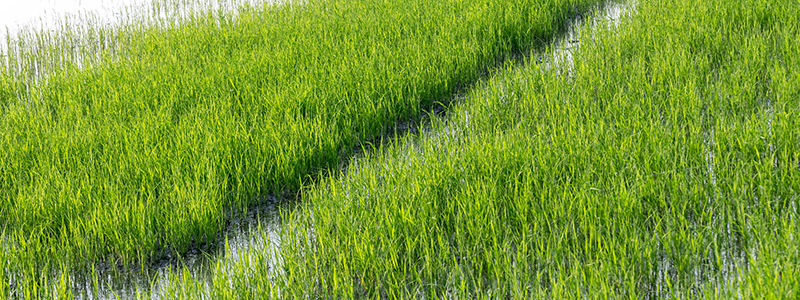
Centre to roll-out modified National Agricultural Insurance Scheme
The Dollar Business Bureau  To address the problems faced by the farmers, the Government of India is piloting a modified National Agricultural Insurance Scheme (NAIS), a market-based scheme with involvement from the private sector. The latest move by the Government comes in the wake of a report submitted by ASSOCHAM-Skymet Weather joint study which, said that less than 20% of farmers in India are insured, exposing a vast majority of the farming community to the vagaries of weather which lead them to taking desperate steps, as is being seen after a vast damage to the Rabi crop this year. At the all-India level, only 19% of farmer reported ever having insured their crops. A very large proportion of 81% were found to be unaware of the practice of crop insurance. Of the un-insured, 46% were found to be aware but not interested while 24% said that the facility was not available to them. Only 11% felt that they could not afford to pay the insurance premium, mentioned the joint study. As per the joint report, there are about 32 million farmers who have been enrolled in various crop insurance schemes across India. However, issues in design, particularly related to delays in claims settlement, have led to farmers not being covered, despite significant government subsidy. Releasing the study, conducted by ASSOCHAM and Skymet D S Rawat, Secretary General ASSOCHAM said, “Implementation and technical challenges lie ahead which can be addressed but will require a comprehensive strategy, innovative solutions, and timely roll out”. Compared with the existing scheme, the new program has a design that can offer more timely, claim settlement, less distortion in the allocation of government subsidies and cross-subsidies between farmer groups, and reduced basis risk. Agricultural production and farm incomes in India are frequently affected by natural disasters such as drought, floods, cyclone, storm, landslide, earthquake etc. Susceptibility of agriculture to these disasters is compounded by the outbreak of epidemics and man-made disasters such as fire, sale of spurious seeds, fertilizers and pesticides, price crashes, etc. All these events severely affect farmers through loss in production and farm income, and are beyond the control of farmers. With growing commercialization of agriculture, the magnitude of loss due to unfavourable eventualities is increasing. In recent times, mechanisms like contract farming and futures trading have been established which are expected to provide some insurance against price fluctuations directly or indirectly. But, agricultural insurance is considered an important mechanism to effectively address the risks to output and income resulting from various natural and manmade events.
To address the problems faced by the farmers, the Government of India is piloting a modified National Agricultural Insurance Scheme (NAIS), a market-based scheme with involvement from the private sector. The latest move by the Government comes in the wake of a report submitted by ASSOCHAM-Skymet Weather joint study which, said that less than 20% of farmers in India are insured, exposing a vast majority of the farming community to the vagaries of weather which lead them to taking desperate steps, as is being seen after a vast damage to the Rabi crop this year. At the all-India level, only 19% of farmer reported ever having insured their crops. A very large proportion of 81% were found to be unaware of the practice of crop insurance. Of the un-insured, 46% were found to be aware but not interested while 24% said that the facility was not available to them. Only 11% felt that they could not afford to pay the insurance premium, mentioned the joint study. As per the joint report, there are about 32 million farmers who have been enrolled in various crop insurance schemes across India. However, issues in design, particularly related to delays in claims settlement, have led to farmers not being covered, despite significant government subsidy. Releasing the study, conducted by ASSOCHAM and Skymet D S Rawat, Secretary General ASSOCHAM said, “Implementation and technical challenges lie ahead which can be addressed but will require a comprehensive strategy, innovative solutions, and timely roll out”. Compared with the existing scheme, the new program has a design that can offer more timely, claim settlement, less distortion in the allocation of government subsidies and cross-subsidies between farmer groups, and reduced basis risk. Agricultural production and farm incomes in India are frequently affected by natural disasters such as drought, floods, cyclone, storm, landslide, earthquake etc. Susceptibility of agriculture to these disasters is compounded by the outbreak of epidemics and man-made disasters such as fire, sale of spurious seeds, fertilizers and pesticides, price crashes, etc. All these events severely affect farmers through loss in production and farm income, and are beyond the control of farmers. With growing commercialization of agriculture, the magnitude of loss due to unfavourable eventualities is increasing. In recent times, mechanisms like contract farming and futures trading have been established which are expected to provide some insurance against price fluctuations directly or indirectly. But, agricultural insurance is considered an important mechanism to effectively address the risks to output and income resulting from various natural and manmade events.
This article was published on April 13, 2015.






 to success.
to success.